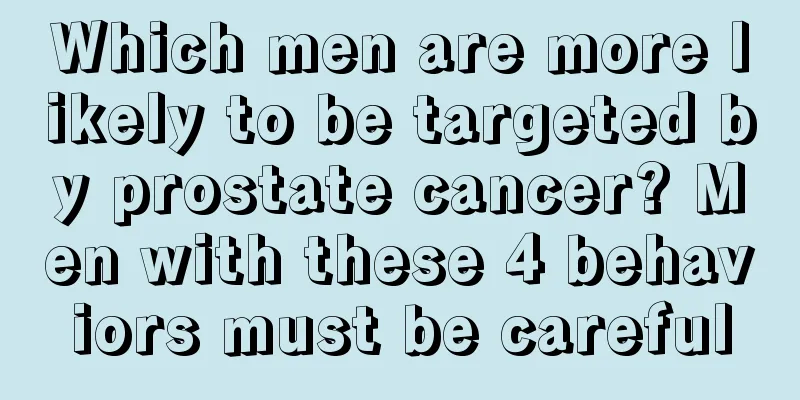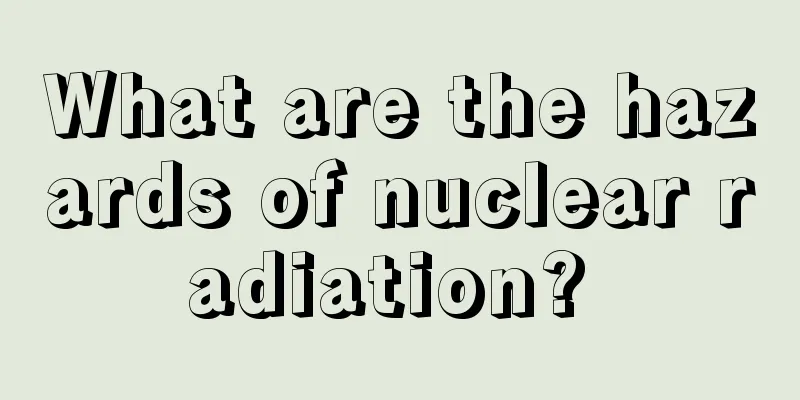Success rate of ventricular septal defect surgery

|
In life, the existence of some things is inexplicable. I don’t know how to find the appropriate reasons and take corresponding preventive measures. First of all, the success rate of septal defect surgery still depends on each person’s different reactions during this period, and different understandings and perceptions. We need to have a clearer understanding of the effects of the surgery and the symptoms caused by the defect. Ventricular septal defect surgery results ①It depends on the severity of the patient's condition, the early stage of the disease, the perfection of the operation and whether the postoperative treatment is appropriate. For patients without obvious pulmonary hypertension, the surgical mortality rate is less than 2%. ② Patients with severe secondary pulmonary vascular lesions before ventricular septal defect surgery have a high incidence of respiratory and circulatory system complications after surgery, and their mortality rate is also significantly increased. The recovery situation depends on the extent of their pulmonary vascular lesions. If the lesions have become irreversible, the prognosis is poor. Symptoms and signs Symptoms and signs of ventricular septal defect According to statistics, about 20% of small-caliber defects can close on their own in infancy. Epidemiological surveys show that the prevalence of ventricular septal defects in infants and young children is about 0.3%. According to autopsy data of adults, the detection rate of ventricular septal defects is only 0.03%, which fully proves the fact of spontaneous closure. The average life expectancy of ventricular septal defects without surgical treatment is 25 to 30 years. After the onset of Eisenmenger syndrome, the life span is significantly shortened. Patients with a smaller defect and a smaller shunt volume generally have no obvious symptoms. Patients with a larger defect and a larger shunt volume may have developmental disorders, palpitations and shortness of breath after activities, and repeated lung infections. In severe cases, symptoms such as respiratory distress and left heart failure may occur. When mild to moderate pulmonary hypertension occurs and the left-to-right shunt volume decreases accordingly, lung infections and other conditions are alleviated, but symptoms such as palpitations, shortness of breath and limited activity still exist or become more obvious. When severe pulmonary hypertension occurs and bidirectional or reverse (right-to-left) shunt occurs, cyanosis occurs, the so-called Eisenmenger syndrome. Cyanosis worsens during physical activity and lung infection, and right heart failure eventually occurs. |
>>: How long can you live with ventricular septal defect
Recommend
What granules should I drink for cold and cough
Symptoms such as cold and cough are likely caused...
Can a crooked face be corrected automatically?
Many people find that their faces are crooked whe...
My belly growls and I fart a lot during pregnancy
In the early stages of pregnancy, various changes...
Three histological types of astrocytoma
Astrocytomas are tumors composed of astrocytes. T...
How much does it cost to treat skin cancer
Skin cancer is a common tumor among white people....
Salt wastewater treatment
It is well known that water pollution has a great...
What are the treatments for crush syndrome
In our lives, there are many things that we are n...
Is apple cider vinegar effective in treating gout?
Ventilation problems seriously threaten the physi...
Is there a cure for ovarian cancer?
Whether early-stage ovarian cancer can be cured i...
Is it really necessary to have a denture after tooth extraction
Everyone has his or her own way of life. In our l...
How to treat white particles on upper lips
Sometimes when we look in the mirror, we find whi...
Can albumin be injected into patients with advanced lung cancer?
Can albumin be injected into patients with advanc...
How to prevent lung cancer recurrence? Pay attention to these five points
Lung cancer is a disease that is prone to recurre...
What symptoms can be diagnosed as early symptoms of esophageal cancer?
Esophageal cancer is the most common malignant tu...
What causes green urine
Green urine is caused by the growth of Pseudomona...









